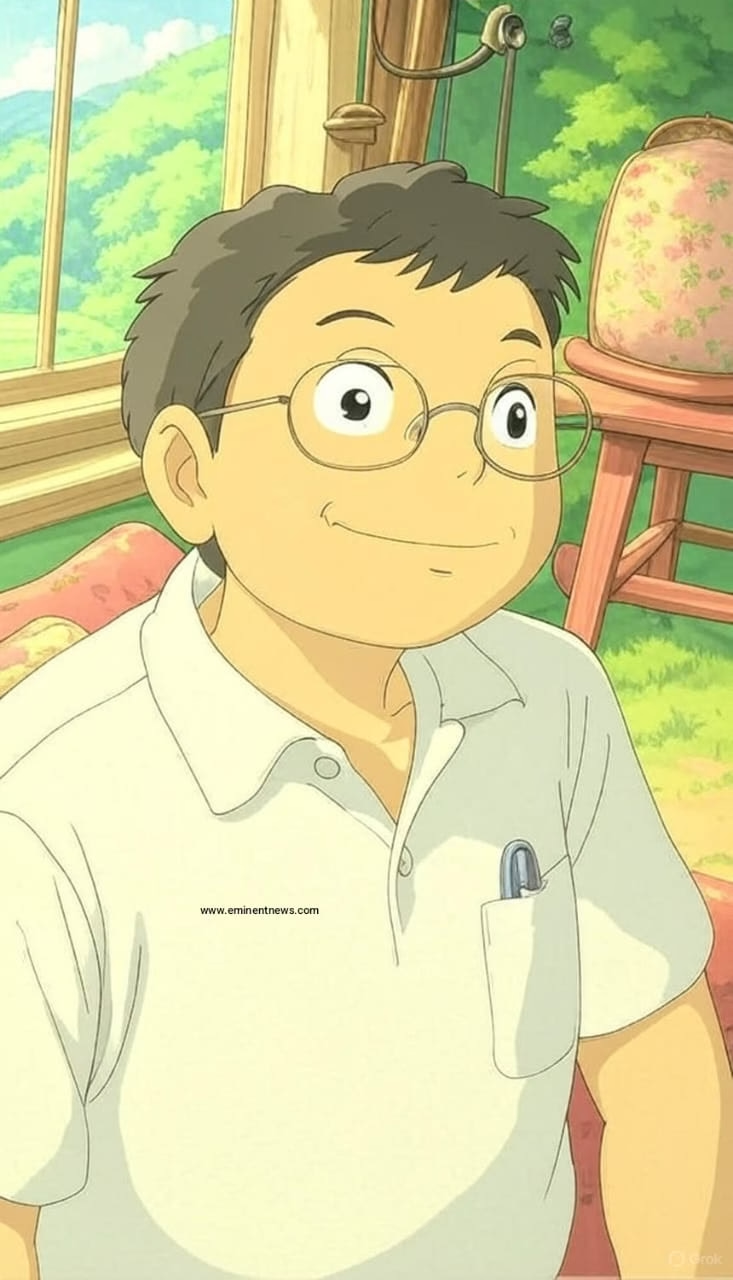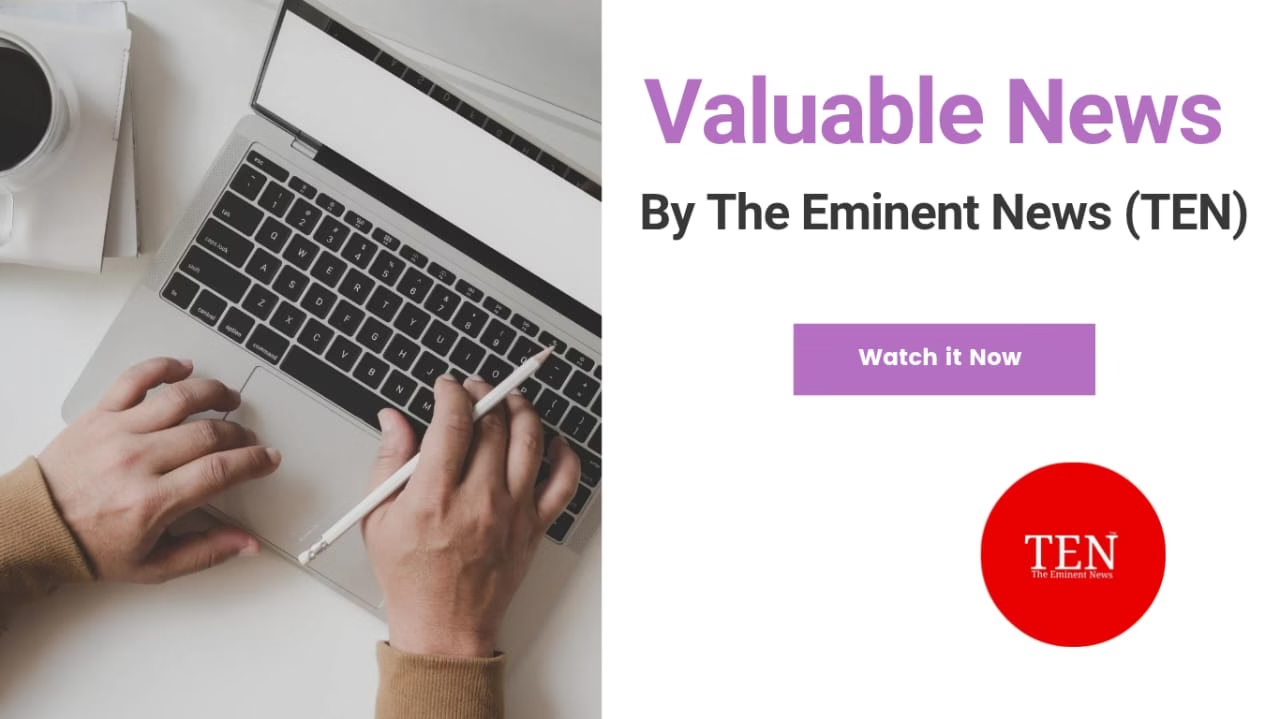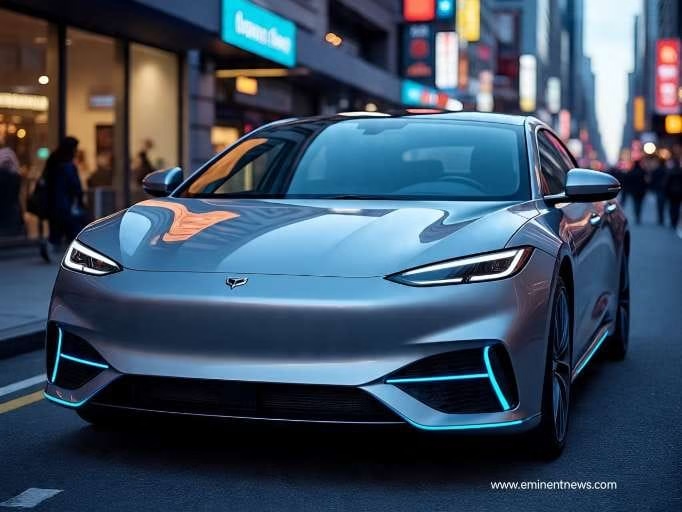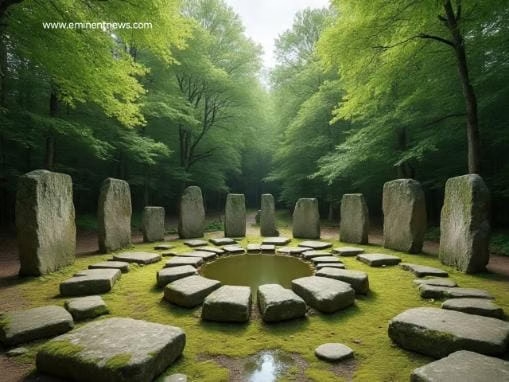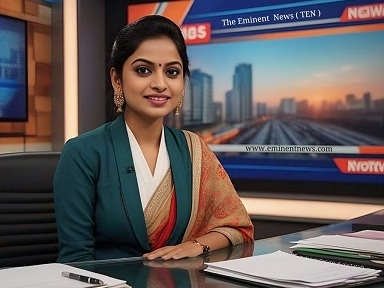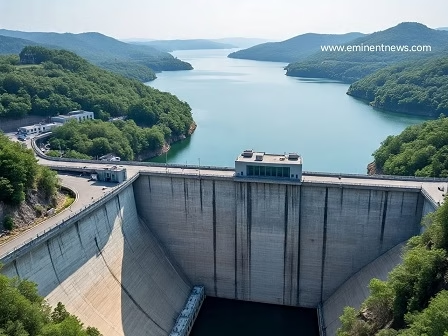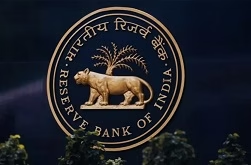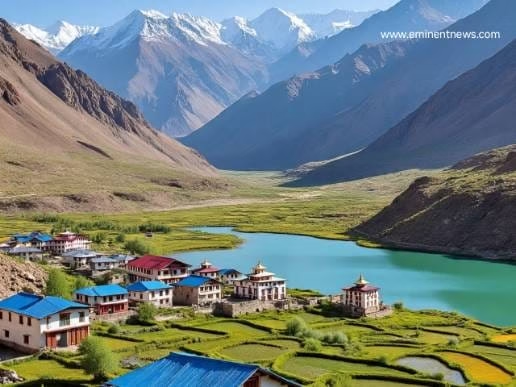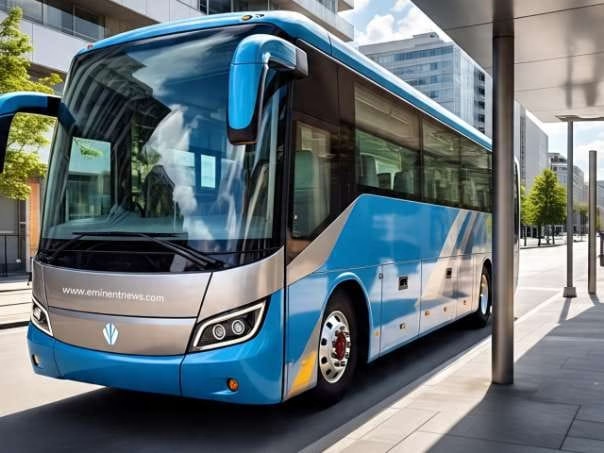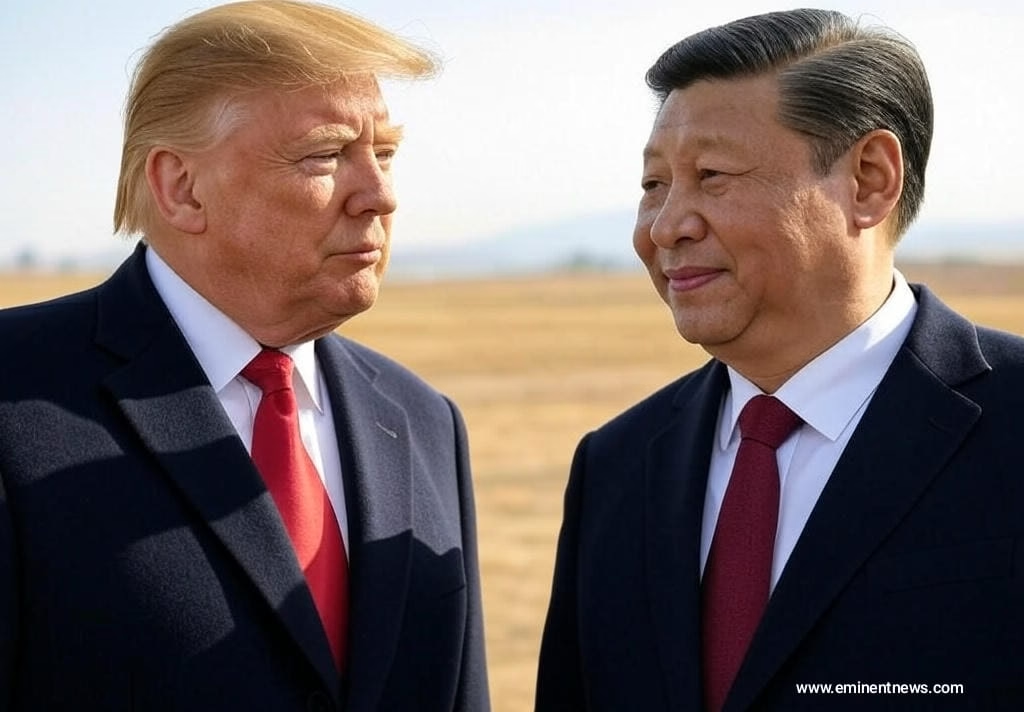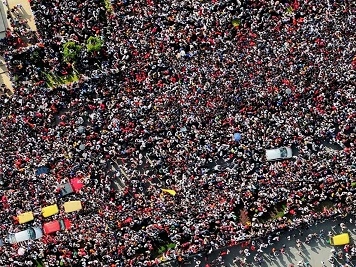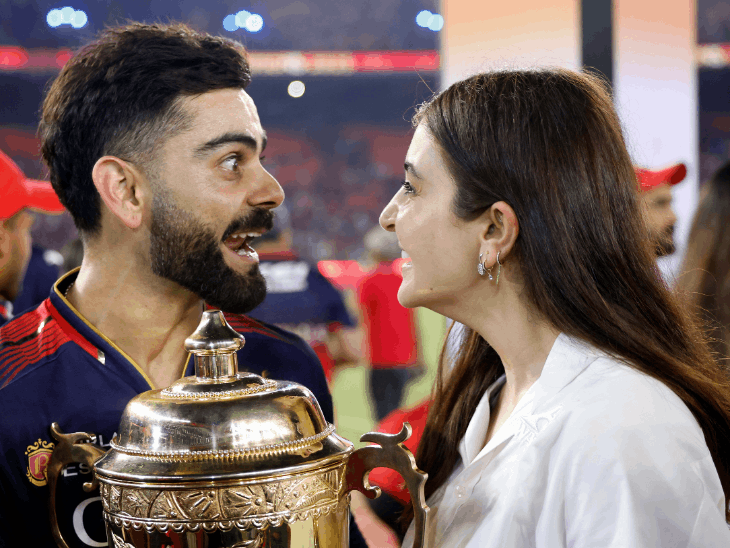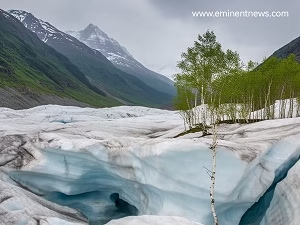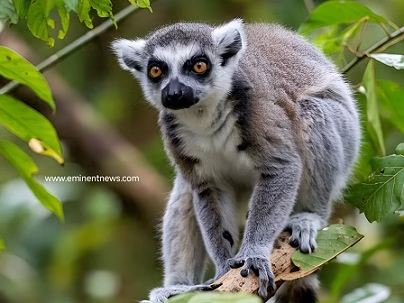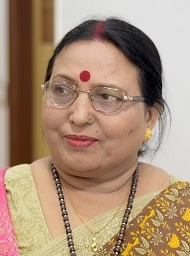Sam Altman, the CEO of OpenAI, teased a version 2 of the image-generation feature, following a surge in users creating Studio Ghibli-style art with ChatGPT . The popularity of the tool, which allows users to transform photos into the style of Studio Ghibli’s iconic films, led to a record surge in ChatGPT users and strained OpenAI’s servers .
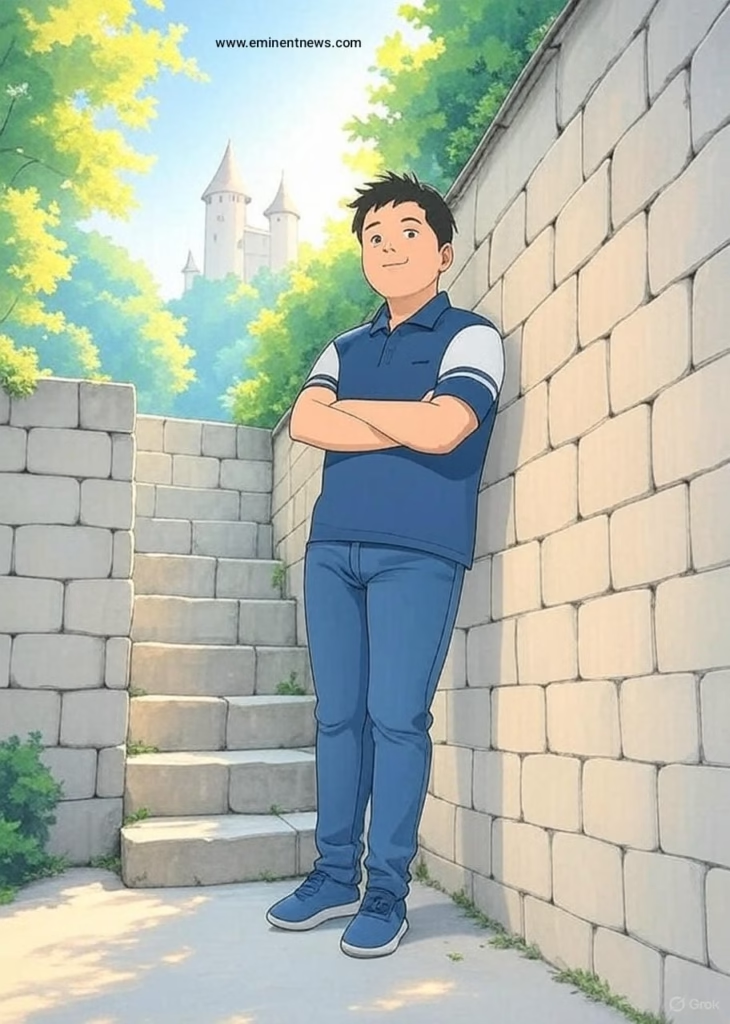
Key points:
- Viral Trend: A global trend emerged where users transformed their photos into Studio Ghibli-style art using ChatGPT, causing a significant increase in OpenAI’s chatbot usage .
- Altman’s Response: Sam Altman acknowledged the trend and hinted at a version 2 of the image-generation tool . He also noted the strain on OpenAI’s resources, mentioning delays in new releases and occasional service slowdowns .
- Studio Ghibli: Studio Ghibli is a renowned Japanese animation studio, founded in 1985, known for its hand-drawn animation and emotionally resonant storytelling .
- Usage Surge: ChatGPT’s weekly active users surpassed 150 million due to the Ghibli-style image generation trend . The image generator became available to all ChatGPT users, further boosting its popularity .
- Copyright Concerns: The tool’s ability to mimic Studio Ghibli’s style has raised copyright concerns, particularly regarding the resemblance to the work of Hayao Miyazaki . Miyazaki himself has expressed strong disapproval of AI-generated artwork .
Studio Ghibli-style art refers to visual aesthetics and artistic techniques commonly found in animated films produced by Studio Ghibli, a renowned Japanese animation studio. These films are characterized by distinctive elements that create a unique and recognizable style.
Key Elements of Studio Ghibli-Style Art:
- Lush Backgrounds: Ghibli films often feature incredibly detailed and vibrant backgrounds. These backgrounds depict natural landscapes, cities, and fantastical environments with rich colors and intricate details .
- Hand-Drawn Animation: A hallmark of Studio Ghibli is its commitment to traditional hand-drawn animation. This technique gives the films a warm, organic feel, with subtle imperfections that add to their charm .
- Expressive Characters: Ghibli characters are known for their emotive and nuanced expressions. They are designed to be relatable and endearing, with a wide range of emotions conveyed through their eyes, gestures, and facial features .
- Soft Lighting: The use of soft, natural lighting is another key aspect of Ghibli’s visual style. This lighting creates a sense of warmth and atmosphere, enhancing the emotional impact of the scenes .
- Nature Themes: Nature plays a central role in many Ghibli films, with landscapes often depicted as living, breathing entities. The art style reflects a deep respect for the natural world, showcasing its beauty and complexity .
- Attention to Detail: Studio Ghibli is known for its meticulous attention to detail in every aspect of its animation, from the way clothing drapes to the movement of leaves in the wind. This level of detail adds depth and realism to the films .
- Use of Color: The color palettes in Ghibli films are carefully chosen to evoke specific moods and emotions. Soft, muted tones are often used to create a sense of nostalgia or tranquility, while brighter colors are used to convey excitement or energy .
- Whimsical Elements: Studio Ghibli films often incorporate fantastical and whimsical elements, such as mythical creatures, magical objects, and dreamlike sequences. These elements are seamlessly integrated into the art style, adding a sense of wonder and enchantment .
In Summary: Studio Ghibli-style art is characterized by its lush backgrounds, hand-drawn animation, expressive characters, soft lighting, nature themes, attention to detail, use of color, and whimsical elements. These elements combine to create a distinctive and beloved visual style that has captivated audiences around the world .
There are several concerns surrounding the use of the Studio Ghibli style in AI image generation . These include copyright issues, ethical considerations regarding artistic integrity, and potential privacy risks .
Specific Concerns:
- Copyright Infringement: Recreating Studio Ghibli’s distinct style without permission raises concerns about potential copyright violations . The AI-generated images often closely resemble stills from actual Ghibli movies, blurring the line between inspiration and imitation .
- Ethical Issues: Many artists worry that AI tools exploit their hard-won styles without consent . Hayao Miyazaki, Studio Ghibli’s co-founder, has been an outspoken critic of AI-generated art, adding to the ethical concerns .
- Privacy Risks: Generating Ghibli-style images often involves uploading personal photos, which raises privacy concerns . Experts warn that sharing personal photos for AI image generation could compromise user privacy . There are concerns that these images could be misused for various purposes without permission, including identity theft, the creation of fake profiles, and other malicious activities .
- Impact on Artists: There is fear that studios might use AI to automate background art or in-betweening, potentially displacing jobs .
- Data Collection: Critics argue that data collection methods employed by companies like OpenAI could potentially sidestep issues of AI copyright, granting the company the ability to use submitted photographs without facing legal limitations .
- Misuse of Images: Security experts have raised concerns that the Ghibli art feature in AI image generation tools could lead to the misuse of personal photos . This includes the potential use of images to further train AI models, potentially without the users’ consent .

